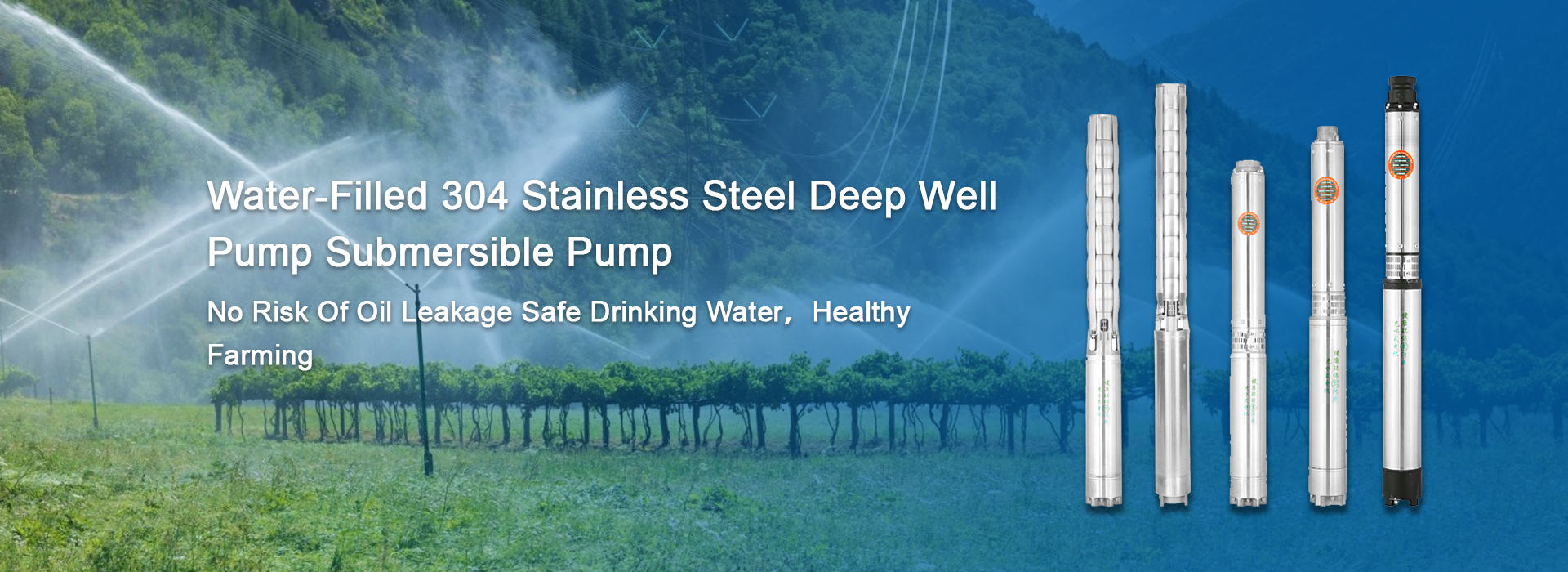12 月 . 03, 2024 14:53 Back to list
how to size a deep well submersible pump
How to Size a Deep Well Submersible Pump
When it comes to extracting water from deep wells, selecting the right submersible pump is crucial for ensuring efficient and reliable operation. A properly sized submersible pump not only maximizes efficiency but also minimizes wear and tear, prolonging the life of the equipment. This article will guide you through the key steps to size a deep well submersible pump effectively.
Understanding the Basics
Before jumping into the sizing process, it's essential to understand what a submersible pump is. Submersible pumps are designed to operate underwater, pushing water to the surface instead of drawing it up, which reduces the chances of cavitation and improves efficiency. These pumps are typically used in applications such as agricultural irrigation, municipal water supply, and residential water systems.
Step 1 Determine Your Water Demand
The first step in sizing a submersible pump is to determine the water demand of your application. Consider the following
- Daily Water Usage Calculate the total gallons per day (GPD) required for your needs. For residential applications, this can range from 50 to 100 GPD per person. For agricultural applications, consider the irrigation needs and any potential future expansion. - Peak Demand Identify the peak usage times, particularly if the pump serves multiple outlets simultaneously. For example, a household may need higher flow rates during certain times of the day, necessitating a pump that can handle peak demand.
Step 2 Calculate the Required Flow Rate
After establishing your water demand, the next step is to calculate the required flow rate. Flow rate is typically measured in gallons per minute (GPM). To convert daily usage into GPM, use the following formula
\[ \text{GPM} = \frac{\text{GPD}}{1440} \]
Where 1440 is the number of minutes in a day. For peak demand calculations, you may want to add a buffer to account for variations in usage.
Step 3 Assess Total Dynamic Head (TDH)
Total dynamic head (TDH) is the total height that the pump must lift water and is crucial for sizing your pump
. It includes various components- Static Head This is the vertical distance from the water level in the well to the discharge point. - Friction Loss Calculate friction loss within the piping system due to resistance from bends, valves, and the length of the pipe. This can typically be found using charts or formulas pertinent to the pipe size and material.
- Elevation Difference If the discharge point is at a higher elevation than the well, factor in this additional height.
how to size a deep well submersible pump

To calculate TDH, use the formula
\[ \text{TDH} = \text{Static Head} + \text{Friction Loss} + \text{Elevation Difference} \]
Step 4 Select the Right Pump Size
Once you have established the required GPM and TDH, use this information to select a suitable pump. Most manufacturers provide performance curves for their pumps that show the relationship between flow rate and head. Locate the point on the curve that meets or exceeds your flow rate and TDH requirements.
Step 5 Consider the Pump's Power Requirements
Submersible pumps require a certain amount of power to operate effectively. The power requirement is commonly expressed in horsepower (HP). To select the proper power, consider the efficiency of the pump and the total dynamic head
\[ \text{HP} = \frac{\text{GPM} \times \text{TDH}}{3960 \times \text{Efficiency}} \]
Where efficiency values range from 70% to 90%, depending on the pump design.
Step 6 Account for Additional Factors
Lastly, consider additional factors that may affect pump performance
- Water Quality If the water contains sediments or corrosive substances, select a pump that can handle these conditions. - Temperature Water temperature can affect pump efficiency; ensure your selected pump is rated for the expected temperature range.
- Controls and Accessories Consider whether you need a control panel, float switches, or other accessories for efficient operation.
Conclusion
Sizing a deep well submersible pump requires careful consideration of water demand, flow rate, total dynamic head, and power requirements. By following these steps and performing thorough calculations, you can ensure that you select a pump that meets your specific needs, resulting in efficient and reliable water extraction from deep wells. Always consult with a professional or pump specialist to finalize your choices and obtain the best performance out of your system.
-
Your Guide to Deep Well Pumps
NewsOct.31,2024
-
Why Choose a Stainless Steel Deep Well Pump?
NewsOct.31,2024
-
Understanding Water-Filled Submersible Pumps
NewsOct.31,2024
-
Understanding SS Submersible Pumps
NewsOct.31,2024
-
Reliable Submersible Well Pumps for Your Water Supply Needs
NewsOct.31,2024
-
Choosing the Right Submersible Pump for Your Water Management Needs
NewsOct.31,2024
-
 Understanding Water-Filled Submersible PumpsWhen it comes to selecting the right pump for your water management needs, understanding the different types available is crucial.Detail
Understanding Water-Filled Submersible PumpsWhen it comes to selecting the right pump for your water management needs, understanding the different types available is crucial.Detail -
 Guide to Installing a Deep Well Submersible PumpWhen dealing with deep wells, a deep well submersible pump is often the most effective solution for extracting water from significant depths.Detail
Guide to Installing a Deep Well Submersible PumpWhen dealing with deep wells, a deep well submersible pump is often the most effective solution for extracting water from significant depths.Detail -
 Finding the Right Submersible PumpWhen seeking an efficient solution for pumping water from deep wells, sumps, or other applications, the submersible pump is a leading choice.Detail
Finding the Right Submersible PumpWhen seeking an efficient solution for pumping water from deep wells, sumps, or other applications, the submersible pump is a leading choice.Detail
